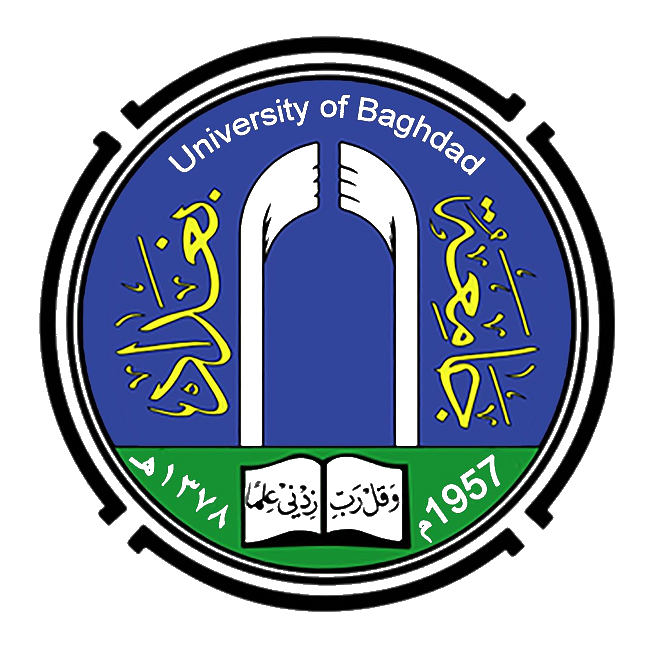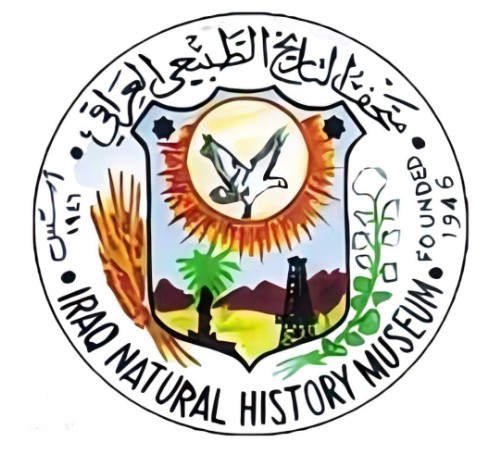MICROFACIES ANALYSIS AND BASIN DEVELOPMENT OF THE CENOMANIAN - EARLY TURONIAN SEQUENCE IN THE RAFAI, NOOR AND HALFAYA OIL FIELDS, SOUTHEASTERN IRAQ
DOI:
https://doi.org/10.26842/binhm.7.2019.15.3.0247Keywords:
Cenomanian, Microfacies, Mishrif, Southeastern, TuronianAbstract
The stratigraphic sequence of Cenomanian-Early Turonian is composed of Ahmadi, Rumaila, and Mishrif formations in the Rifai, Noor and Halfaya Oil Fields within the Mesopotamian Zone of Iraq, which is bounded at top and bottom by unconformity surfaces. The microfacies analysis of the study wells assisted the recognition of five main environments (open marine, basinal, shallow open marine, Rudist biostrome, and lagoon); these microfacies were indicative of a normal lateral change facies from shallow water facies to deeper water and open marine sediments.
Ahmadi Formation (Early Cenomanian) is characterized by open marine sediments during the transgressive conditions, and would become deep basinal environment upward to deposition the Rumaila Formation. Rumaila Formation (Middle Cenomanian) was deposited in the deeper part of the intrashelf basin; it comprises basinal sediments mainly, and includes an abundant of open marine fauna supportive of Middle Cenomanian age. Rumaila Formation is represented as time equivalent basin to the Mishrif Formation, where they were deposited during highest and system tract (HST). The Cenomanian- Early Turonian sequence can be subdivided into three cycles displaying coarsening upward cycles :Mishrif A, Mishrif B, and Mishrif C; which comprises a highest and system tract dominated by rudistid packstone to grainstone or rudistid biostrome facies separated by transgressive units (CR I and CR II).
Downloads
References
Bellen, R. C. Van, Dunnington, H. V., Wetzel, R. and Morton, D. 1959. Lexique Stratigraphique, International. Asie, Iraq, 3c. (10a), p.333.
Burchette, T. P. 1993. Mishrif Formation (Cenomanian-Turonian), southern Arabian Gulf: carbonate platform growth along a cratonic basin margin. In: Simo, J. A., Scott, R. W. and Masse, J-P (eds.), Cretaceous Carbonate Platforms. American Association of Petroleum Geologists, Memoir, 56: 185-199.
Chatton, M. and Hart, E. 1961. Revision of the Tithonian to Albian of Iraq, IPC Report, no. 11-141, INOC Library.
Dunham, R. J. 1962. Classification of carbonate rocks according to depositional texture. In: Ham, W. E. (ed.), Classification of carbonate rocks, American Association of Petroleum Geologists, Memoir 1: 108-121.
Embry, A. F. and Klovan, J. E. 1971. A late Devonian reef tract on northeastern Banks Island, N.W.T. Bulletin of Canadian Petroleum Geology, 19 (4): 730–781.
Flugel, E. 2010. Microfacies of Carbonate Rocks, Analysis, Interpretation and Application. Springer, Berlin, 976 pp.
Fouad, S. F. A. 2012. Tectonic Map of Iraq, scale 1: 1000 000, 3rd edit. GEOSURV, Baghdad, Iraq.
Jassim, S. Z. and Goff, J. C. 2006. Geology of Iraq. Dolin, Prague and Moravian Museum, Brno., 341 pp.
Patton, T. L. and Connor, S. J. O. 1988. Cretaceous flexural history of northern Oman Mountain foredeep, United Arab Emirates: American Association of Petroleum Geologists Bulletin, 732: 797-809.
Posamentier, H. W. and Vail, P. R. 1988. Eustatic controls on clastic deposition II-sequence and systems tract models, in Wilgus,C. K., Hastings,B. S., Kendall, C. G. St. c. Posamentier, H. W., Ross, C. A. and Van Wagoner, J. C. (eds.). Sea-level changes. An integrated approach: Society of Economic Paleontologists and Mineralogists, Special publication 42: 125-154.
Reineck, H. E. and Singh, I. B. 1973. Depositional sedimentary environments with reference to Terrigenous Clastics. Springer – verlag Berlin Heidelberg, New York, 439pp.
Robertson, A. H. F. 1987. Upper Cretaceous Muti-Formation-transition of a Mesozoic carbonate platform to a foreland basin in the Oman Mountains, Sedimentology, 4: 1123-1142.
Sarg, J. F. 1988. Carbonate sequence stratigraphy. In: Wilgus, C. K., Hastings, B. S., Ross, C. A., Posamentier, H., Van Wagoner, J. and Kendall, C. G. St. C. (eds.). Sea level change: An integrated approach. Society of Economic Paleontologists and Mineralogists, Special publication 42: 155-181.
Sharland, P. R., Archer, R., Casey, D. M., Davies, R. B., Hall, S. H., Heward, A. P., Horbury, A. D. and Simmons, M. D. 2001. Arabian Plate sequence stratigraphy. GeoArabian, special publication2,Gulf Petrolink, Bahrain, 371pp.
Vail, P. R. 1987. Seismic stratigraphy interpretation using sequence stratigraphy, part 1; Seismic stratigraphy interpretation procedure, in Bally, A. W. (ed.). Atlas of Seismic stratigraphy. American Association of Petroleum Geologists, Studies in Geology, 27 (1): 1-10.
Van Wagoner, J. C. Posamentier, H. W. and Mitchum, R. M. 1988. An overview of the fundamentals of sequence stratigraphy and key definition. In: Wilgus, C. K., Hastings, B. S., Ross, C. A., Posamentier, H., Van Wagoner, J. and Kendall, C. G. St. C. (eds.). Sea level changes: An Integrated Approach. Society of Economic Paleontologists and Mineralogists, Special publication 42: 39-45.
Wilson, T. L. 1975. Carbonate facies in geology history, New York, Springer-Verlag, 471pp.











